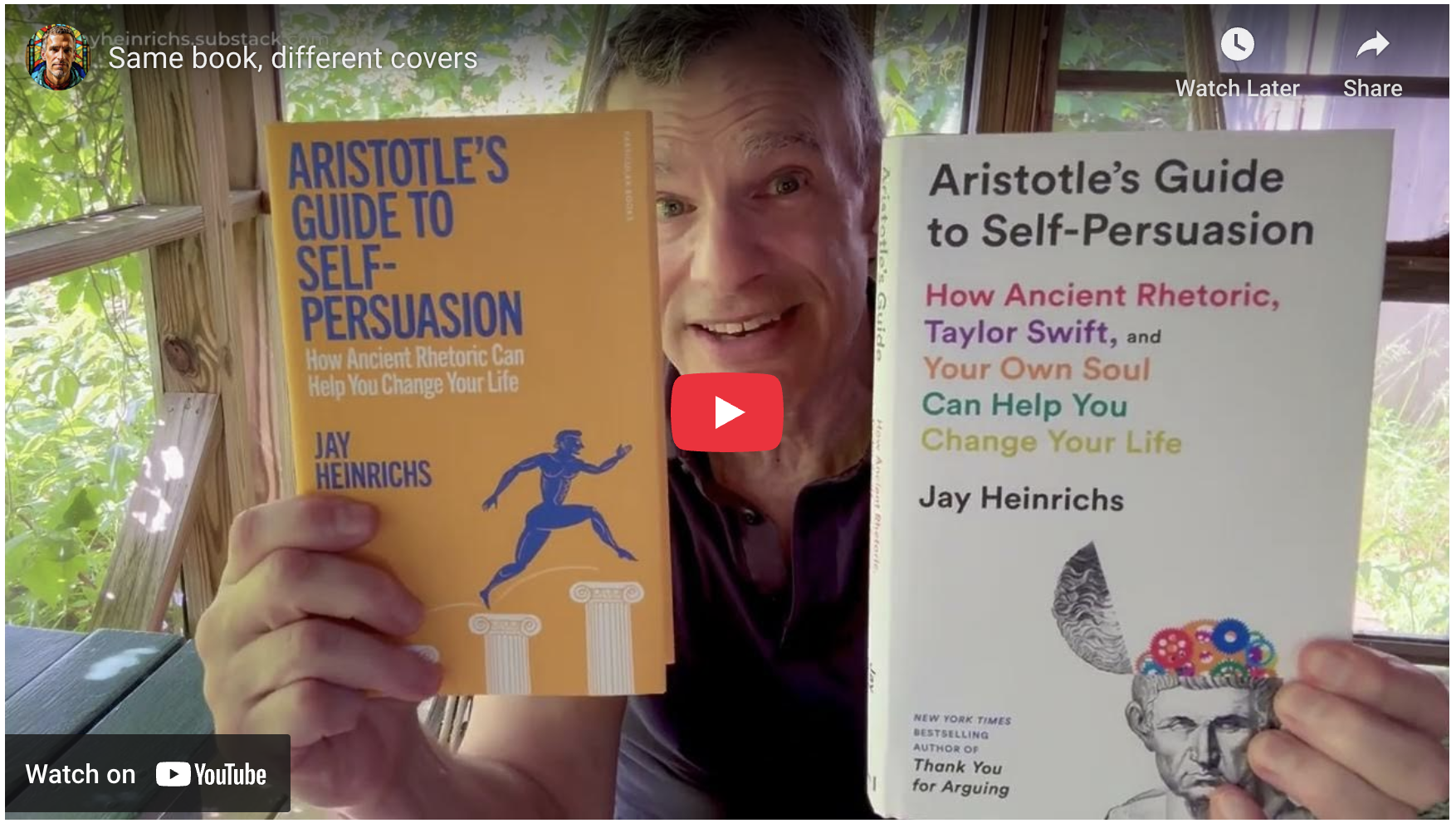Writing Claims and Evidence
7 steps to rhetorical glory.
Here we go again. You are the rhetor.
1. Establish the situation first.
2. Lay out a rough thesis—the central argument you are making.
3. Brainstorm your claims.
4. Think of evidence to back your claims.
5. Organize your claims and remove claims that are not as strong in developing your central argument.
6. Rewrite your central argument so that it fits the direction of your claims.
7. NOW write!
Example: Topic—Should creativity be taught in school?
1. Situation—the role of creativity in society and thus how schools contribute to preparing a child for that role.
2. Rough thesis: Yes, teach creativity!
3. Claims: separate class or within every class, create problem-solving situations, keep students engaged, prepare them for the real world
4. Evidence:
Separate class—evidence: creative writing class, literary magazine class or taught within every class—teachers taught to provide problem solution tasks and real life scenarios in class like business program model where students are provided with a real problem in a company and have to come up with solutions.
Keep students engaged—many subjects just drill and kill without much relevance to life. Evidence—your brother hating math at school and now uses statistics everyday in his career and loves it.
Prepare for real world: Evidence—(journalism) story about engineering companies preferring to hire American students above students from India as American students have better creative-thinking skills when solving engineering issues.
5. Organize: Start with keep students engaged and build this into the next paragraph on the role of teachers in providing creative and real life options. End with real world preparation.
6. Rewrite thesis: Without the teaching of creativity in school, schools become drill and kill environments with little connection for children to test the boundaries of their brains and to push beyond these boundaries, resulting too, in the lack of preparation needed for students to navigate real life.



Civility isn’t the end of deliberative argument; it’s just the beginning. To get anyone even to listen to you, you have to make your audience believe you’re worth listening to.